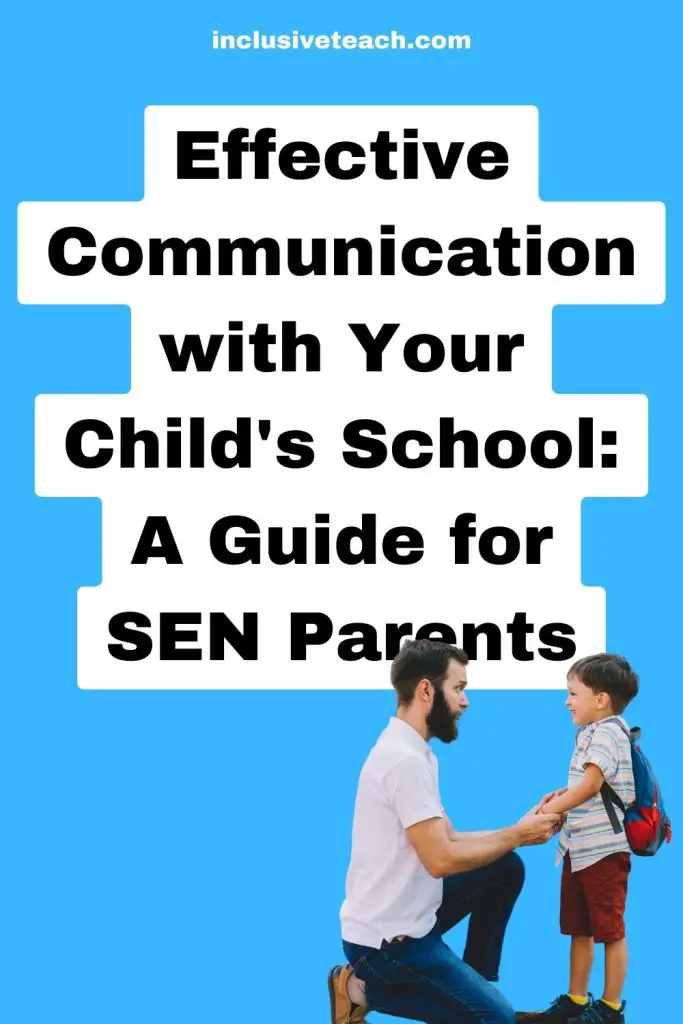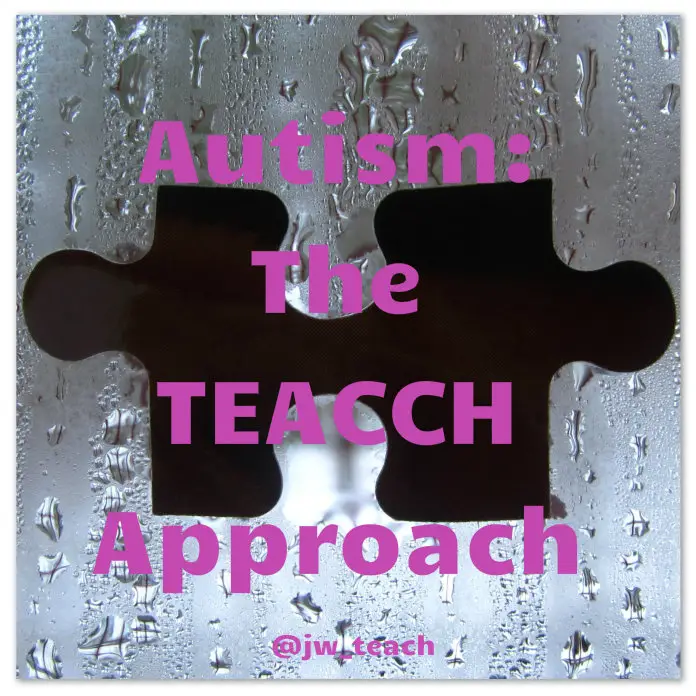Effective Communication with Your Child’s School: A Guide for SEN Parents
Communicating with School: A Guide for Parents of Children with Special Needs
Having a child with special needs like autism or profound and multiple learning disabilities (PMLD) means developing a strong partnership with the professionals involved in your child’s care and education. Effective communication is absolutely vital for ensuring your child receives the support and accommodations they require.
This guide will cover all aspects of communicating successfully with your child’s teachers, therapists, and other team members. We’ll discuss establishing positive relationships, preparing for meetings, asking questions effectively, advocating for your child, and much more.
Why Effective Communication Matters
Children with special needs often have complex requirements across multiple areas of development and daily living. It takes a dedicated team of educational, medical, and therapy professionals collaborating closely with parents to create and implement an effective care plan.
When communication breaks down between parents and providers, precious opportunities can be missed to make progress with your child’s learning, independence, behaviour, and overall wellbeing. Keeping everyone on the same page through clear and productive communication is crucial.
Additionally, you as the parent are the number one expert on your child. Your first-hand knowledge and insights are invaluable for informing your child’s care plan. Teachers and other professionals need to hear your perspective, priorities, and concerns through open and honest dialogue.
Building Positive Relationships
Before even discussing substantive issues, it’s important to establish positive working relationships with each member of your child’s team. This foundation of mutual understanding, trust, and respect will make all future conversations more productive.
Top tips for building rapport:
- Learn about each professional’s background, training, and specialty area so you understand their role
- Share your own background, goals and hopes for your child to humanize the relationship
- Ask as many questions as you need to understand therapy approaches, educational philosophies, etc.
- Be open and willing to learn from their expertise while asserting your role as the parent
- Look for common ground, such as agreeing on your child’s strengths or your commitment to their progress
- Avoid an overtly adversarial or distrustful stance from the start
- Voice appreciation for their hard work supporting your child
- If you ever have a concern, try to address it calmly and constructively rather than accusatorily
While these relationships should be positive and collaborative, you are also well within your rights to be a firm advocate for your child when needed. More on that later.

Preparing for Meetings
Much of your communication with your child’s team will happen during regular meetings to discuss progress, set goals, troubleshoot issues, and more. Proper preparation is key to making these meetings productive for everyone.
A week or two before each meeting:
- Review your child’s current learning plan, therapy goals, recent reports/evaluations, etc.
- Make a list of topics you want to cover and any questions you have
- Note any new behaviours, skills, or challenges your child has shown since the last meeting
- Collect relevant data like logs of behaviours, work samples, therapy homework details, videos, etc.
- Have your child’s medical history, test reports, and other key documents organized
The day before the meeting:
- Send a brief agenda listing your top priorities so the team can prepare as well
- Ensure you have the needed documents, notes, and data easily accessible
- Plan out any specific accommodations you might need, like an interpreter
- Confirm timing, location, who will be attending, and how to join (in-person or video call)
With intentional preparation like this, you can make the most of this precious face-to-face time.
During the Meeting:
Now the meeting itself – here are some tips for clear and effective communication:
Listen actively and let others speak. It’s important to avoid monopolising the conversation or being dismissive of other viewpoints. This is because you actually want people to speak especially if things aren’t going how you want them to. You will be able to gain some valuable insights into the school’s values and ethos from want they say. Use effective listening skills like:
- Making eye contact
- Nodding to show you’re following along
- Taking notes on key points
- Waiting until others finish before responding
- Asking follow-up questions for clarification
Don’t be afraid to speak up. You need to assertively convey your own perspective. As the parent, you have irreplaceable insights about your child’s needs, preferences, challenges, and home experiences that the team needs to understand. Speak up with confidence.
Use “I” statements and avoid accusations
When raising a concern, use language like “I’ve noticed…” or “I’m worried that…” rather than blaming statements like “You did this wrong” or “No one is helping my child with that.” This allows you to advocate firmly while keeping the tone constructive.
Ask questions effectively
In case you go blank in the meeting especially if it is emotional or difficult prepare your questions in advance, but don’t hesitate to ask more during the meeting as new points come up. Ask for clarification if anything is unclear. Make sure you understand the meaning of educational jargon and acronyms that get thrown around.
Some great questions to ask in meetings to find out more:
- What methods are being used to teach/support my child, and what is the rationale?
- How will my child’s progress be tracked and measured?
- What accommodations or assistive technologies may help based on their specific needs?
- How can we improve carryover between different settings like school, therapy, and home?
- What can I do at home to support and reinforce the professional work being done?
- What are our goal timelines, and what constitutes mastery of each skill?
Be sure to get your questions answered thoroughly before moving on.
Troubleshoot issues collaboratively
If there are difficulties with your child’s learning, behaviour, social participation, etc., work together as a team to identify potential causes, make adjustments, collect data, and monitor the impact. These issues demand creative problem-solving from all angles.
Take notes and summarise key points
Bring a notepad or device and take careful notes throughout the meeting. At the end, summarise the key discussion points, decisions made, and next steps. This ensures everyone has the same understanding before wrapping up.
Schedule the next check-in meeting
If needed, don’t let too much time go by before touching base again. Schedule the time for your next progress meeting before parting ways.
Communicating in Other Contexts
While meetings are a vital and arguably the most effective way for meaningful in-depth discussions, you’ll also need to communicate in other ways:
Emails/messages
When communicating via email or messaging app with any team member, keep it brief but also specific enough to minimise ambiguity. Clearly state:
- The context/background
- Your specific question or concern
- What response or action you need from them
Be prompt in responding to any messages from the school as well to keep the momentum going.
Phone/video calls
These can be ideal for brief check-ins, addressing a time-sensitive issue, or discussing something confidential or emotionally charged. Take notes and summarize just like an in-person meeting.
Daily communication books
These notebooks travel between school and home allow you and teachers to trade key updates, observations, and data more frequently in writing.
Home visits
Having teachers, therapists, or other staff experience your home environment first-hand can provide extremely valuable context about your child’s skills and needs. Be a welcome host, give a tour, observe sessions, and ask lots of questions.
Informal Check-Ins
Even just a brief in-person chat during pickup/drop-off or a therapy session can allow for quick updates to be shared both ways. Don’t let these bite-size opportunities go to waste. (Schools make sure if the child has a teaching assistant make-sure the teacher does the handover periodically)
Speaking the Same Language
You may need to have deeper conversations about using respectful “person-first” language (e.g. “child with autism” vs. “autistic child”), avoiding ableist labels and idioms, and discussing your child’s diagnosis, characteristics, and strengths in an affirmative yet realistic way.
Establish a shared understanding and neurodiversity affirming vocabulary that recognises your child’s skills and potential first rather than perceived limitations. Work with schools on this often inclusive language moves faster online than in schools.
Advocating Assertively
Even with all of the above communication strategies in place, there may still be times when you need to advocate more assertively for your child if:
- Insufficient progress is being made toward key goals
- Their needs seem to be misunderstood or unsupported
- Any rights are being violated or denied
- Safety is being compromised in any way
- Funds for services are being withheld unfairly
In these situations, express your concerns calmly and objectively based on data and facts. Follow your school/organisation’s grievance protocol. Consult advocates or legal support if issues persist unresolved.
Frequent Issues and Sample Dialogue
To illustrate how these strategies can play out, here are some sample scenarios and productive dialogue:
Problem: My child struggles with excessive prompting and lack of independence in math class.
You: “In our last meeting, we discussed fading use of prompts and hand-over-hand guidance for Daniel, as he’s recently mastered several new skills. However, based on my observations and the daily log, it seems like this shift hasn’t fully happened yet. I’m concerned he’s not getting enough opportunities to respond independently
Post Summary
Top 10 Tips for Communicating with Your Child’s School
- Build positive relationships with your child’s teachers, therapists, and all team members right from the start. Establish rapport, trust, and mutual respect.
- Prepare thoroughly before meetings by reviewing documents, making agendas, gathering data/samples of your child’s work, and listing out your top questions.
- Listen actively during meetings, letting everyone share their perspective. Take careful notes to capture all information shared.
- Ask clarifying questions until you fully understand using methods like: “What led to that approach?”, “How will progress be measured?”, “What’s the next goal?”
- Raise concerns objectively using “I” statements like “I’ve noticed…” rather than accusations. Troubleshoot issues collaboratively as a team.
- Summarise key points and next steps at the end of each meeting so everyone is aligned. Schedule the timing for your next check-in promptly.
- Utilise other modes of communication like emails, phone/video calls, communication notebooks, and home visits – don’t let minor issues linger.
- Discuss using respectful, affirmative language when referring to your child’s diagnosis, strengths, and needs to get everyone on the same page.
- If insufficient progress is made despite your best efforts, you may need to advocate more firmly yet still constructively based on facts and data.
- Build your knowledge about your child’s educational rights, grievance procedures, and advocacy resources in case you need to escalate concerns.






